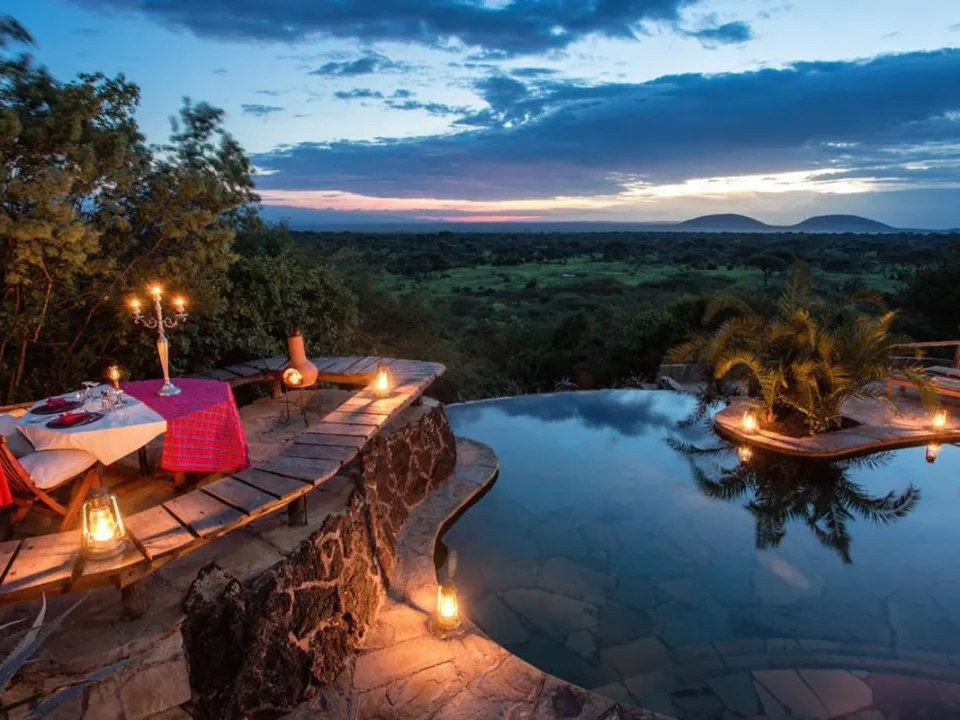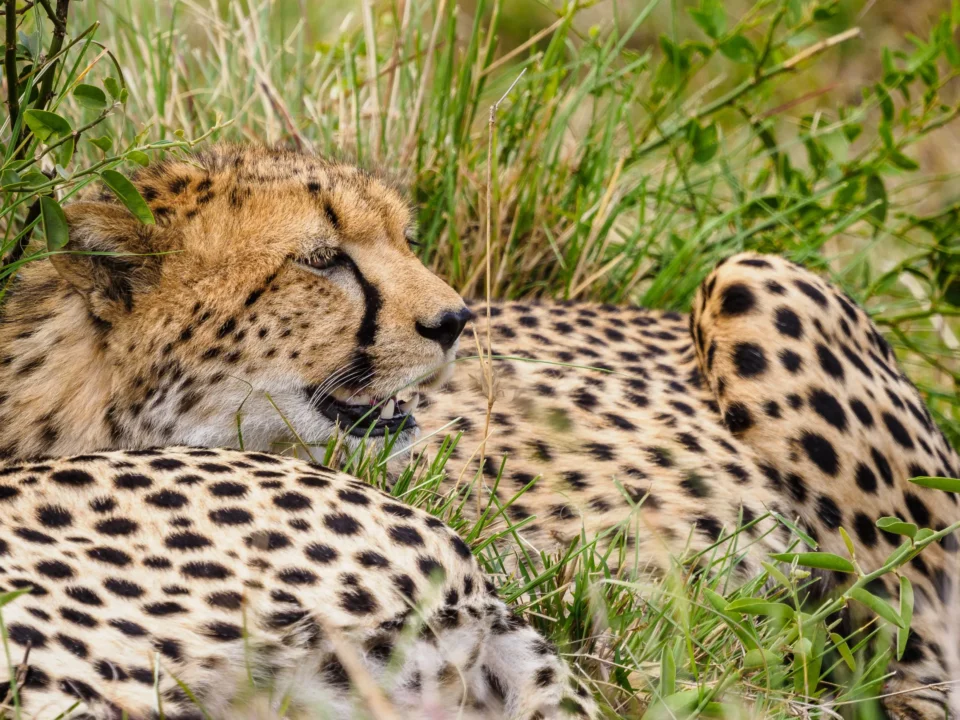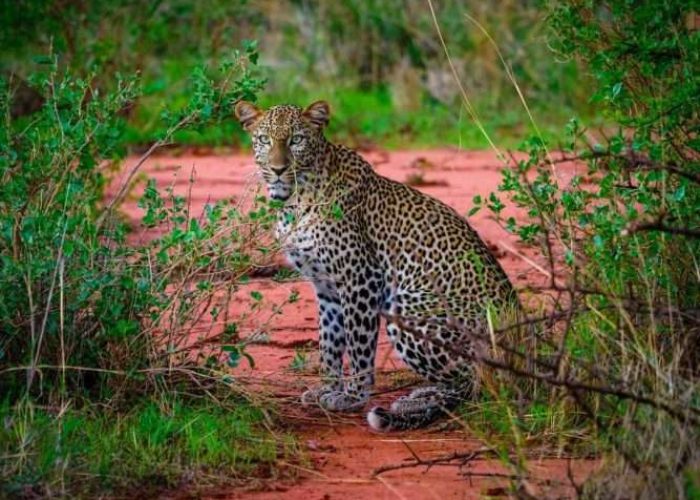- GET IN TOUCH WITH US:
- +256 753518160
- +256 777842166
- info@experiyatourcompany.com

Can I see elephants in Rwanda?
November 14, 2025
Can I combine Rwanda with Uganda in one trip?
November 14, 2025What’s the best itinerary for Rwanda’s national parks?
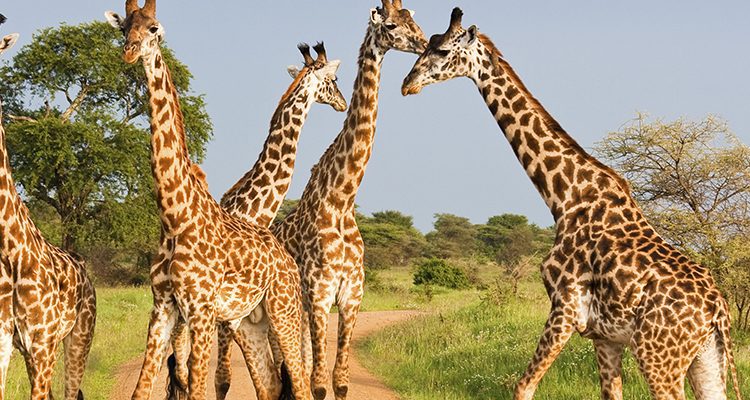
What’s the Best Itinerary for Rwanda’s National Parks?
Rwanda, the “Land of a Thousand Hills,” is one of Africa’s most breathtaking travel destinations. Its national parks—Volcanoes, Nyungwe, and Akagera—provide a journey through contrasting ecosystems, wildlife encounters, cultural heritage, and landscapes that shift from misty volcanoes to ancient rainforests to wide-open savannahs. For travelers seeking the perfect itinerary that covers all three of Rwanda’s national parks, the goal is to balance adventure, relaxation, cultural discovery, and wildlife experiences in a way that flows seamlessly across the country. So, what’s the best itinerary for Rwanda’s national parks? The ideal route is one that moves north to Volcanoes National Park, west and south to Nyungwe Forest National Park, and then eastward to conclude with a classic safari in Akagera National Park. This route not only aligns geographically but also builds in rhythm—starting with intensive treks, transitioning into forest-based hikes and primate experiences, and finishing in the warm savannahs for a relaxing game-viewing experience.
Understanding Rwanda’s Three Major National Parks
Before crafting the best itinerary, it is important to understand the unique features of each park.
Volcanoes National Park, in the northern province of Rwanda, is home to the world-famous mountain gorillas. This ancient volcanic chain provides extraordinary trekking routes, bamboo forests, and golden monkeys, making it one of Africa’s most immersive primate destinations.
Nyungwe Forest National Park lies in the southwest. It is one of the oldest montane rainforests on the continent and a sanctuary for chimpanzees, colobus monkeys, waterfalls, and the famed canopy walk. Nyungwe is dense, lush, and alive with birdsong—ideal for travelers seeking deep forest encounters.
Akagera National Park, located in the east, completes Rwanda’s ecosystem circuit. It is the country’s only savannah park and home to the Big Five: lions, leopards, elephants, rhinos, and buffaloes. Its rolling plains, lakes, wetlands, and woodland areas create a perfect environment for classic African safaris.
Together, these three parks showcase Rwanda’s extraordinary biodiversity and conservation success. When combined into a single itinerary, they create one of East Africa’s most rewarding travel experiences.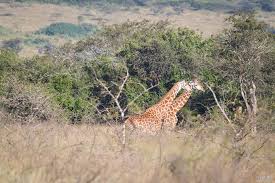
Day 1–3: Volcanoes National Park — The Gorilla Kingdom
The best national park itinerary begins in Volcanoes National Park. Starting here sets a powerful tone for your journey—standing face-to-face with a mountain gorilla is one of the most moving wildlife encounters in the world. Volcanoes National Park is just a two-hour drive from Kigali, making it easily accessible and ideal for beginning your adventure.
On Day 1, travelers usually settle into the lodge, enjoy scenic views of the volcano chain, and prepare for the next day’s trek. Day 2 is dedicated to gorilla trekking. The hike varies from mild to moderately challenging depending on which gorilla family you visit. Once you find the family, you are allowed a magical hour with them. Observing infants playing, silverbacks watching over the group, and mothers grooming their young is an unforgettable experience that simply cannot be compared to anything else in the animal kingdom.
On Day 3, travelers can choose from a second gorilla trek, a golden monkey trek, a hike to the Dian Fossey Tomb, or a cultural visit to the Iby’Iwacu Cultural Village. For those who prefer a more relaxed pace, the twin lakes of Burera and Ruhondo offer breathtaking views and canoeing opportunities.
Volcanoes National Park captivates travelers with its combination of physical adventure and emotional depth. After the intensity of gorilla trekking, most visitors feel enriched and ready to continue their journey into Rwanda’s green heart.
Day 4–6: Nyungwe Forest National Park — Rwanda’s Ancient Rainforest
From the Volcanoes region, the itinerary moves southwest toward Nyungwe Forest. The journey takes travelers along one of the most scenic routes in Rwanda, passing through terraced hills, tea plantations, and lake views that reflect the country’s agricultural heritage and natural beauty.
Nyungwe Forest is the ideal second stop because it provides a completely different environment from Volcanoes National Park. Instead of volcanic slopes, you enter a world of misty rainforest canopies, deep valleys, and ancient trees dripping with moss. The activities here are designed to immerse you in the rich diversity of forest life.
Chimpanzee trekking is the highlight of Nyungwe. Set out early in the morning to track these energetic primates as they swing through the treetops, forage on the forest floor, or call loudly through the canopy. The experience is thrilling, fast-paced, and very different from gorilla trekking.
The canopy walk is another must-do activity. Suspended 70 meters above the forest floor, it provides panoramic views of Nyungwe’s layered green landscape. Birdwatchers find paradise here, with over 300 species including Albertine Rift endemics like the Rwenzori turaco and regal sunbird.
Colobus monkey trekking, waterfall hikes—such as the Isumo waterfall trail—and nature walks along trails like Igishigishigi or Kamiranzovu add depth to your Nyungwe experience. Days 4–6 are filled with a blend of forest exploration and peaceful forest immersion, making Nyungwe the perfect transition between mountain trekking and savannah safari.
Day 7–9: Akagera National Park — Rwanda’s Classic Savannah Safari
The final stop on the best national park itinerary is Akagera National Park. After the cool haze of Nyungwe’s rainforest, the warm savannah and blue lakes of Akagera offer a refreshing shift in pace. The drive from Nyungwe to Akagera is long but scenic, passing through Kigali or taking a direct cross-country route depending on your schedule.
Akagera completes your Rwanda national park circuit with classic safari activities. The eastern border of the park is lined with lakes and papyrus wetlands that feed into the savannah plains, creating water-rich habitats for wildlife.
On Day 7 or 8, visitors explore the northern plains on guided game drives. Lions, elephants, giraffes, zebras, antelopes, buffaloes, and rhinos are frequently seen. Akagera’s landscape is expansive and uncrowded, giving travelers a private and authentic safari experience.
A boat safari on Lake Ihema is another highlight. From the boat, visitors encounter hippos, crocodiles, waterbirds, and sometimes elephants approaching the shore. The boat safari adds a tranquil dimension to the safari experience and is perfect for bird lovers.
Night game drives are particularly rewarding in Akagera, revealing nocturnal wildlife such as leopards, civets, hyenas, bushbabies, and serval cats. The wide-open skies transform into a field of stars, adding magic to the evening.
Day 9 concludes the adventure with a half-day game drive before returning to Kigali. Akagera’s warmth, wildlife richness, and relaxed atmosphere offer the perfect ending to your national park journey.
Why This Itinerary Is the Best for Rwanda’s National Parks
The itinerary flowing through Volcanoes, Nyungwe, and Akagera is considered the best because it follows a natural geographic and experiential progression.
Starting with gorilla trekking in Volcanoes gives travelers a high-energy, emotional beginning. Moving to Nyungwe Forest allows for deeper nature immersion, with a mix of trekking, canopy experiences, and forest discovery. Ending in Akagera provides the ideal combination of relaxation, warm weather, and classic safari viewing—helping travelers unwind as the trip concludes.
This itinerary also maximizes travel time efficiency, minimizes backtracking, and provides exposure to Rwanda’s diverse habitats. From mountain to rainforest to savannah, it covers the full spectrum of Rwanda’s ecosystems.
Ideal Duration and Logistics
A complete itinerary covering all three parks ideally spans 8 to 10 days, though travelers with more time can extend stays to explore additional cultural sites, tea plantations, Lake Kivu, or Kigali’s museums. Accommodation options vary from luxury lodges to mid-range eco-lodges, offering flexibility for different budgets.
Transport is typically arranged through a tour company to ensure smooth transitions between remote regions. Permit booking for gorilla trekking, chimp trekking, and the canopy walk is essential, along with advance park reservations.

